Presented at the Acres USA Healthy Soils Summit
August 26, 2021
Hi everyone, my name is Mimi, and my farm is in Oregon. I’m very honored to be a part of this day with you. I’d like to begin by sharing a story about where we are, as a way of beginning a conversation about where we could go.
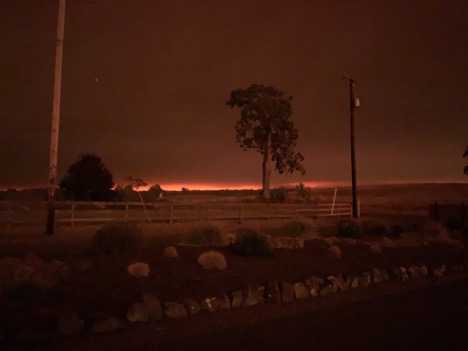
Early this summer, before Memorial Day, I was visiting one of my dearest friends, Cory Carman, a rancher in Northeastern Oregon and, like many if not most of you, a fearless trailblazer looking for ways to repair the wounds of agriculture on the land her family settled generations ago. Cory’s ranch is tucked up against the Wallowa Mountains. That region is an example of a unique perennial prairie ecosystem that has been marked deeply by human activity, but ranchers like Cory want to see it thrive again and that is the thrust of her work.
Cory is a holistic manager. She cares deeply about doing the right thing, not just for herself, but for her community and for the world. Cory built a meat business that could support other producers on the holistic management path. Cory cares more than most. About all the things. One of the things that drew me to her was her unwillingness to compromise her principles. She has tried to build a system that encourages better management by making a platform for her producer group. She’s a success story. We all are, aren’t we? When I speak publicly about the way forward, I reference many of you and your farms as the examples of how this WORKS.
Cory’s business depends on a supply of grass-fed beef, marketed at a premium, holding precious placements with high-end retailers, restaurants and with direct business so she can continue to support producers on their path. What does Cory (and by extension) what do WE do when the needs of the land exceed what our businesses can carry?
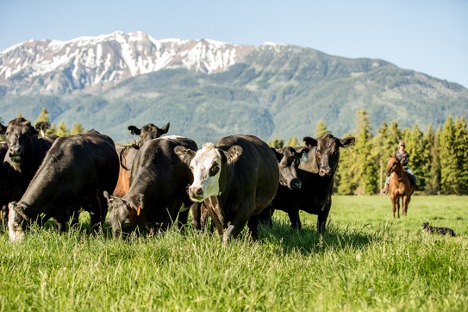
On that trip at the end of May, when the season had barely begun, Cory and I spent a day driving around looking at grass. We covered a lot of ground that day. We dug holes, we measured brix, we looked at water sources, and we were grateful and scared together. The perennial grasses that should have been just getting started were seeding out. Many of the annual grasses were done. We saw the evidence of the previous year’s grasshopper explosion. The grass had a curious tinge. We puzzled. I pulled up some stems. Tiny grass bugs were sapping the Chlorophyll of the grasses she needed for her cattle. Drought. Imbalances in insect herbivory. All signs of a system in peril, in spite of management that puts the land first.
We talked about grazing plan contingencies, but mostly we talked about what it all symbolized in the larger context. I told her about how dry it was back home on my farm, on the “rainy side of the state,” where the grass was already golden between the green rows of vines. Tipping points are much nicer in abstract than as hard realities. We felt the weight of that together, because I drove home and within two weeks it was 115° at our farm, for the third day in a row, and I was trying to keep my animals alive and feeling helpless. THIS IS A DRAMATIC MOMENT WE ARE ALL EXPERIENCING THAT HAS CHANGED EVERYTHING. We used to think we could do the work, spread by example, and gradually things would change for the better.
I want to go very high level today, and talk about soil health from the macro-organism perspective, and I’m going to raise some controversial questions and thoughts. All of this I share with you with respect and the utmost appreciation for what you do and who you are in the world. This is not a shot across the bow, this is a cry for solidarity and action.
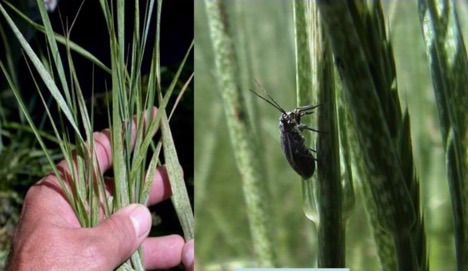
For a moment let us assume that the movements of organic, biodynamic, and now regenerative have been and are being defined according to an objective of creating healthy, living farms, with regenerative practices additionally seeking to reverse climate change one farm at a time. I submit that the current strategy of market incentives, value added, and certification programs empirically ARE NOT GOING TO achieve that objective, because the risks can only be borne by the bravest and most devoted few, and therefore the rewards can only be delivered unto the wealthy.
However you care to explain it, the climate is making the growing of food for profit incredibly challenging if not impossible in most regions around the world. The biogeochemical system that regulates temperatures and weather patterns on earth is a global system. Local systems overlap; a disruption of the hydrology of one watershed caused by desertification is not an isolated event.
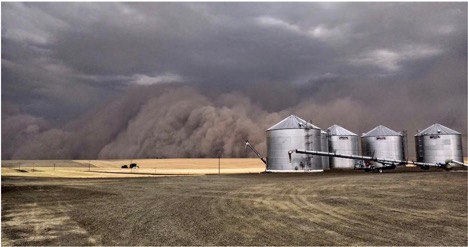
A resilient stand-alone farm will burn, will be choked by smoke, will be wiped out by the sheer magnitude of future storms. There are ripple effects that will shred our fence lines and our business plans if we do not heed the desperate messages we are receiving from the natural world.
The earth is the only planet that we are aware of that sustains life. It is irrelevant to speak to the health of a non-biological planet. But where there is life, the systems that support and enable life are driven by life. Therefore, it IS relevant to discuss the state of the systems that are being maintained inadequately, at the biological level, and on too small a scale, to continue to support life as we know it. The macro organism is too ill to recover one bit at a time. A fully metastatic disease state demands immediate, systemic corrective measures, not at the tumor level, not one farm at a time. The immune system is in overdrive.
Being an independent producer of the highest quality, most nutrient dense food and fiber is indeed a worthy goal. Most of us speak to that goal, and to the benefits to the climate, to biodiversity, that our farms are delivering. At this stage in the game, unfortunately, the climate is keen to deliver a lecture on the scale of our problem versus the scale of our solutions. We no longer have the luxury of time to support a one-farm-at-a-time, ONE CERTIFICATION AT A TIME strategy. Our farms, our cities and towns, our deserts and oceans and remaining wildlands are all connected in time and space. Right now you know someone, or you are someone, who is going to be a climate refugee. I know that not everyone is prepared to say that climate change is the clearest and most present danger to humanity, but our children do not have time for our debates.
Only four generations ago this land looked entirely different. In an astonishingly brief period of time, we’ve divided, cleared, converted and drained it to the point that several generations of humans cannot imagine the majesty that has been lost without an artistic rendition. Daily, I have conversations with friends and colleagues that invariably turn to the destabilization of nature and the growing pressures on our lives and livelihoods. The people I love and respect most in this world are so wounded and depressed by what we know we now face, they feel hopeless. I often feel like I am at a wake where the guests are deeply mourning a living being. We accept, too easily, that getting worse more slowly is the best our children can hope for. Maybe I’m speaking to you now, if that is how you feel or have felt. If so, hear me and believe me when I say you must NOT lose hope. We haven’t tried everything. We haven’t even sort of tried everything. A better world IS possible, and it is up to us.
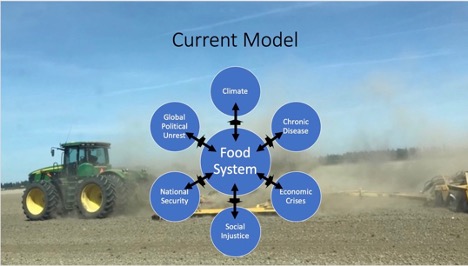
If we accept the current model and a lesser future for our children then we commit them to poverty and war. Our great and powerful forebrains have not, heretofore, allowed us to overcome the survival instinct that bred tribalism, but logic, if we accept it, makes it very clear that we have met the enemy and the enemy is us. We can only lose if tribalism prevails. Our bodies know this even if our minds haven’t quite caught up. In our darkest hours on this earth, civilizations past and current have blinded themselves to their differences and embraced their neighbors.
I suggest that we need a global objective, and that the role of working lands will be paramount in the strategies and tactics toward achieving that objective. In spite of a very clear problem, thus far we have put strategy and tactics before objectives. And we love to debate said strategies and tactics more than we like to stand outside of them and question their efficacy. If the history of science shows us anything, it is that asking the right question is more important than producing the right answer. We have created institutions of marginal questions, where we endlessly walk the halls. Is plant-based better than animal-based? Is chemical no-till better than ploughing? Are people lying about how much topsoil they’ve built? How much Carbon can really be stored in the soil? The correct answer to these questions will also be marginal, because the questions are misguided. The amount of energy and time we’ve spent debating and fighting over these points is both lamentable and poignant.
While some of the climate trajectory cannot be ‘fixed’ for our children, the way it affects them can be altered immensely if we act now. In our minds, the challenges we face are impossibly large. It can indeed be overwhelming to try to imagine anything that would turn this ship around, but we are asking the wrong questions. We must ask the right question. Immediately, what do we need? There is an aesthetic to health. Recognizing a landscape that provides food, water, and shelter is part of an evolutionary history that spans the eons. When we exist in a landscape that clearly does not support those basic needs, there is a biological stress reaction. This is now part of our global consciousness. That stress response underlies our every waking moment now. The work we can do RIGHT NOW can alleviate that stress, and concurrently begin to lay down the beauty and vitality we have lost.
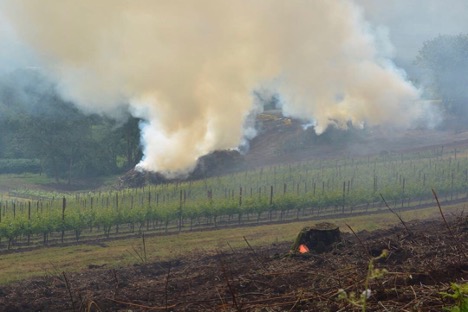
If humanity stands at the edge of its era, farmers are the night’s watch. We are the last line of defense and we need to support and fund that effort accordingly. We need to fight FOR something, not against anyone or anything. We who have seen the benefits of regenerative ways of growing food and fiber can extend an open hand and heart to our conventional neighbors to rebuild the watersheds that will sustain and feed and clothe our families. This is how we win.
Where are we aligned?
Currently, to my knowledge, it is undebated that what real life requires to persist is a functioning system of interconnected systems, self-assembled and shaped over time. Natural ecosystems provide an array of basic processes that affect humans. Those processes include maintenance of the quality of the atmosphere, generation of soils, control of the hydrologic cycle, disposal of wastes, and recycling of nutrients. Whatever scientific breakthroughs we have achieved, we have yet to improve upon those most elegant processes that have turned the Hadean Earth into the many Edens of life and abundance that compose geologic history. If we cannot improve upon that, then we must surrender to it and endeavor to rethread it and reconnect it. If we are using energy, the direction of that energy should be towards the rebuilding of that system, and by default, many of our great problems are addressed.
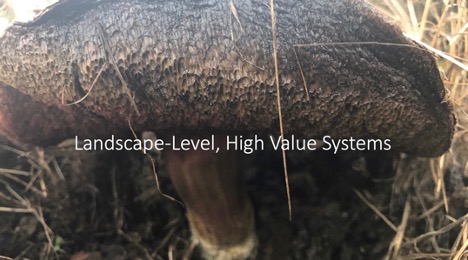
So, let’s ponder objective. An objective must be extremely clear. Arresting and reversing climate change is a global objective. The strategies to achieve that goal should be equally clear so as to allow for the tactics to be developed and tailored at the regional scale on the ground if properly understood. To illustrate my point, instead of hyper-focusing on a strategy of carbon sequestration, if we were to scaffold our objective with the strategy of repairing broken biogeochemical cycles, at the landscape level, our tactics on the ground would be very different than if we chose the former.
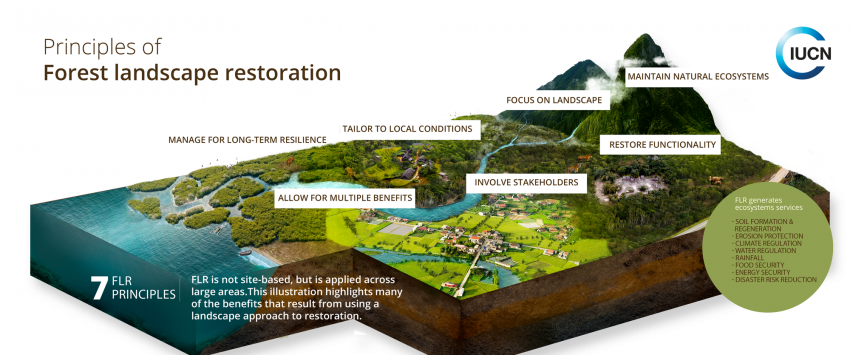
The structural component of agroecosystems is critical for their functional role in the global cycles of energy, water and nutrients. A myopic focus on Carbon will beget results that will fail to address the loss of structure and function on a larger scale. The forests we feared and cleared are the engineers of vital forces. Where forests have been cleared and converted to miles and miles of cropland, even if all that cropland were to focus on soil health and carbon sequestration, the larger hydrologic cycles, deeper nutrient cycles, the connectivity of critical habitat types for biodiversity, and the way those landscapes physically intercept and interact with weather systems remains broken.
Where do we begin?
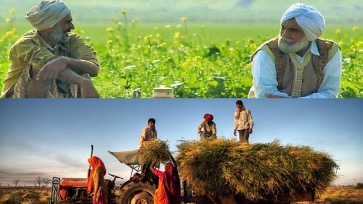
What if all this research and work that we’ve done on our farms could be freely shared with our neighbors to make it safer to farm regeneratively?
Imagine how we could maximize our efforts if we considered our farms critical organs of a food shed, instead of one farm or one product in a global commodity pool. What if we could show our communities that by coming together behind the land that surrounds them, they could ensure that their food was actually secure, healthy, and sustainable? Regional autonomy doesn’t have to be 100%. Even 60% regional autonomy with directed ecological infrastructure would prove out huge gains, in a multitude of outcomes.
We would begin by delineating and then organizing the geographic areas that represent geologic or topographic units where regionally specific planning can take place.
We would start asking questions like what are the crop rotations, including livestock as a crop rotation, that will feed this region, and can be grown while building soil health? What infrastructure, like small, regional processing facilities, would support the regional supply chains that would ensure healthy food for all inhabitants? What if we pushed systems instead of products?
We would recognize that perennial no-till agriculture alone cannot substitute for forest structure in restoring ecological balance. Trees are architecture, habitat, physical barrier, water pump, inoculum and so much more. Where the hydrological cycle has been most interrupted, we must map out targets for afforestation where it can do the most good in the least amount of time, and recruit the landowners that need to be a part of restoring hydrological integrity to their watersheds.
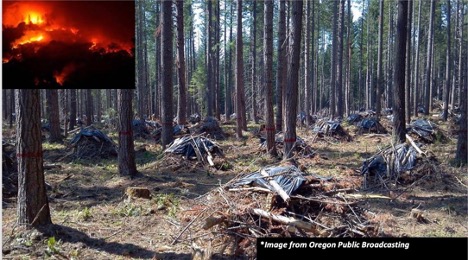
We would recognize that Fire is part of the cycle of resources in an ecosystem. Redistributing fuel is part of this puzzle of rebalancing the Earth. Where wildfires have burned forests to charcoal, the byproducts of cleaning that up, and the products of thinning efforts to prevent wildfires should be put back on the depleted farms that border those forests, building soil, feeding microorganisms, and water holding capacity where it has been lost. This should be free to any farmer, including transportation and application.
Where critical habitat networks have been interrupted or destroyed, the watershed investment in the reinstallation and care for that habitat will be paid back with interest over time. Subsidized photosynthesis, afforestation and high-paying, rewarding, and elevated work on the land is the most cost-effective investment we can make right now. It should be an honor, and rewarded as such, to join this effort.
How do we make it happen?
We need a participatory critical mass of land to join the effort in order to do the work of rebuilding ecological infrastructure. This cannot be done on one farm.
I realize that the kind of coordinated effort I am alluding to sounds impossible given our current geopolitical and socioeconomic reality. It is likely that you’ve already shouted the words preposterous or fantastical at your computer screen if you’re still listening. But stand back, consider how we are trying to ‘fix’ our problems now, when WE know that the most efficient, most elegant solutions have already been designed, mapped and proven by nature. We are eating our tails with disaster relief money, losing entire years of work and productivity, and our preventive programs are pathetically underfunded and lack vision. This is just algebra, and we need to balance the equation.
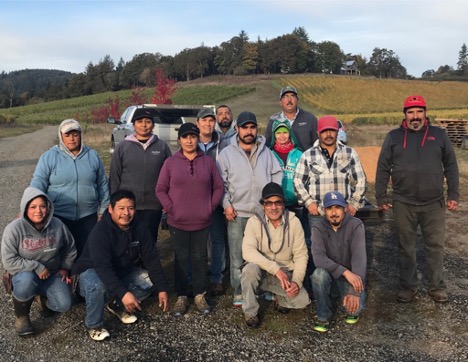
I submit that at this moment, with trillions of dollars on the table, and genuinely absurd races for technological fixes, and more expertise and pent-up energy than ever before, this is almost comically possible.
We could fund the existing NRCS and other public and private land agencies to coordinate across ownership types, and to be able to house the brain trusts of regional design. We could fund them adequately to enlist, educate and support the talent that will be the boots on the ground. Incentives to participate as a landowner in this effort should recognize the leadership of progressive farmers, like you, and welcome our conventional neighbors without judgement and with gratitude to take part in the greatest effort of our time.
We could see the return of beautiful, diverse, healthy, abundant lands, accessible to all, that welcome recreation, wildlife, and support the processes that will gradually return balance to our climate and our nervous systems. Or, we can keep trying to eke out one more year before the next disaster takes us.
We are out of time. If the most recent IPCC report has any silver lining, it is this: the findings are so clear, so dire, and so present in our daily experience that we are finally framing our responsibility at an appropriate level, acknowledging that ‘nothing short of transforming society’ will accomplish the task of arresting our current trajectory. In other words, the extremity of the moment appears to finally be lighting a creative fire.
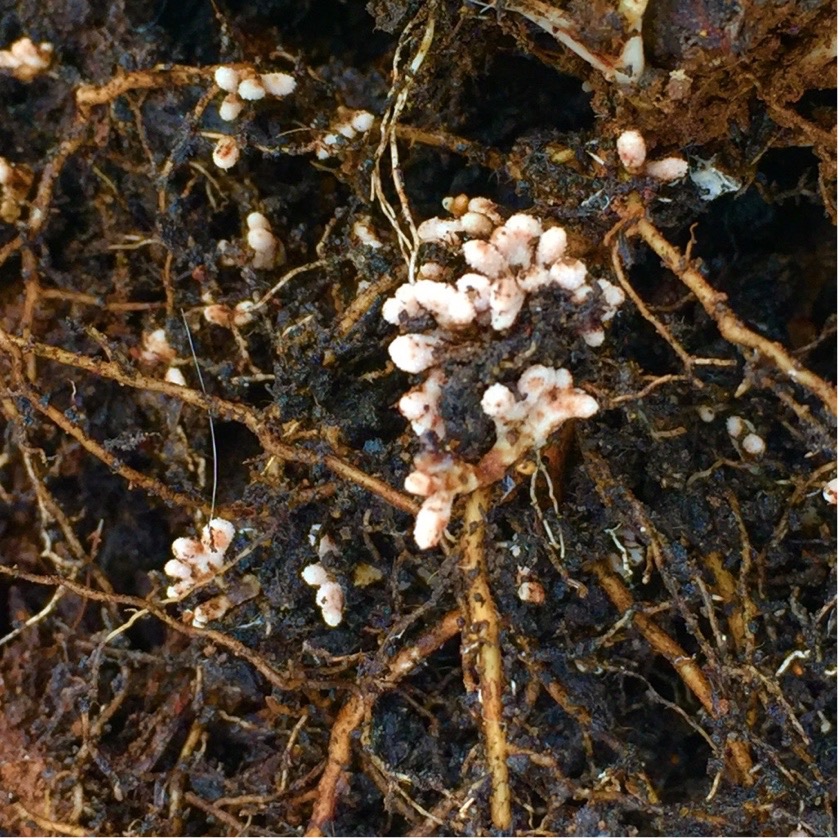
At the risk of alienating an audience whose political leanings are none of my business, I will state that we, the agricultural land base, are at the center of a global crisis that now requires a geopolitical solution. I use the word political in a literal sense: our actions now must be at the scale of regional, national and international governance for we have catapulted past the population distribution that would spare anyone who cares to opt out.
And to define this more, we need an economy and governance that aligns with the laws that govern the universe.
Humanity is bound by its physical environment, which is an ecosystem. The self-organizing rules that built ecosystems have built-in checks on organisms that grow beyond their means, and they are red in tooth and claw. Our fantastical concepts of growth and unlimited desire are dead men walking.
While Cory and I drove home after our day in May, looking at grass that couldn’t carry the cows she had planned for, I said, you know, no one ever believes that this drought year will be the first of ten or twenty. We talked about the system that would support making the RIGHT decision for the land. It’s easy in the abstract for ecological farmers and ranchers to say, “you destock.” So then the meat company has shortages, the retailers move to other suppliers, maybe they don’t have the same standards, but the consumer is looking for a label, which is where certifications don’t ever tell the story our food deserves.
Our economy doesn’t wait. It doesn’t give grace. Instead, our government has to force recovery packages, disaster dollars, and insurance payouts that put restoration of the land last in line. Our economy, with its wanton waste and worship of quantity over quality, pushes for the moment right now, the decision that keeps you going one second longer, with the worst possible outcome. No certification won or relationship that Cory has cultivated can break the bonds of a false economy, because she is just one lone business. But what if we all demanded that the land comes first?
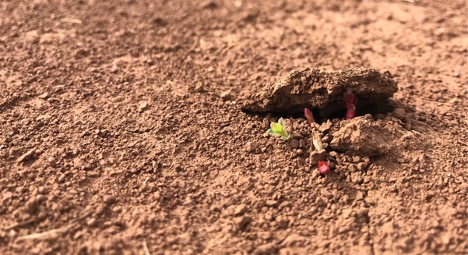
Humanity is beholden to reckon with the laws of the physical world or face the consequences. An economy that allows for want over need, that assumes finite resources exist only to be exploited exclusively ‘for’ humanity, that considers its resource base ownable, is at best imaginative but patently absurd, abusive, and inhumane. Whether our ancestors did or did not, we of the current moment have made a mockery of the only true economy. Our note has been called, and if we have any shred of honor or even instinct to survive we must pay our debt first – to the land, and its natural inhabitants. If there is a role for money and power now it is to settle that debt by paying back to the land what has been stolen, so that it can heal first, that we may heal in time. A shift from bare fallow to cover, from annual to perennial, this is a good and true step, but we owe more. The land remembers and shows us where the most critical bones must be set, where the arteries must be reconnected, and where we yet bleed out.
However pessimistic you may feel, all the macro signs are pointing toward a willingness that hasn’t been there before, to act, to care, to WORK.
The door is cracked, and now we must open the door as wide as we can in order to pull our hands together around the breadth of our problems. Regionally, we have different challenges that are all part of one great problem. But so far we have designed the solutions at the scale of our farms.
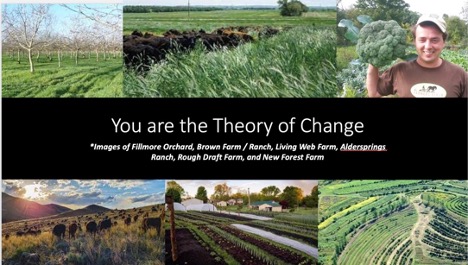
But what if every farm looked like your farm, and those connected lands fed their residents back to true health and true well-being? We don’t need one more scientific paper, we don’t need one more controlled trial. What we need is the emotional maturity to accept our collective responsibility.
One of our great contemporary philosophers, Alain de Botton, eloquently describes the current human condition as exponential progress in the material and technological realms juxtaposed with perplexing stasis in the psychological one. We have the technology of an advanced civilization balancing precariously on an emotional base that has not developed much since we dwelt in caves. We have the appetites and destructive furies of primitive primates who have come into possession of thermonuclear warheads.
The great Greek philosophers tried to define the gap between our advanced intelligence and our capacity to act upon what we know is right. They landed on the term akrasia, which describes a ‘weakness of will,’ or the demonstrated ability to take in crucial information without the will to act upon what we know is right. And yet, we have demonstrated the ability to overcome the gravitational pull of akrasia even in modern US history, though almost always once the problem has reached the level of emergency. And here we are again, with every sign pointing to the most visceral, truest and even existential emergency in human history, and most people, certainly ENOUGH people, want desperately to act and are prepared to do so.
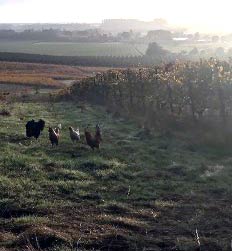
We KNOW how to do this. Certainly every speaker and probably every audience member here knows more than enough to conceptualize the solutions we need. On every continent there are shining examples of proven practices that can light the way. We know we have to do more now. We have to rise above any anger, resentment, or pessimism to take the torch into the darkness and be humble and brave. We have to believe that we have no time left, and we have to believe in our own work. We have to use this one moment, so intentionally, to take what we know works, and make it real for everyone. You live in a region. In a place where the climate crisis looks different than it does anywhere else. Your region needs a specific plan.
Wherever you are, there is work to be done. There are elected officials, public agencies, and organizations that are ALL talking about how to most effectively meet our challenges, and they need to hear from you. Currently the most thoughtful plans to combat climate change still fail to appreciate what potential lies in working lands.
If you accept that the best use of trillions of dollars is on biofuels and carbon credits, then you probably signed off a long time ago. If you are still with me then you know we HAVE to do better than that. Let’s talk about it. Send me an email. We can design the prototypes of regional plans for change that will work for us and our communities. We represent a tiny fraction of agriculture, but our fraction is the only ray of hope and we will be heard if we put our voices together.
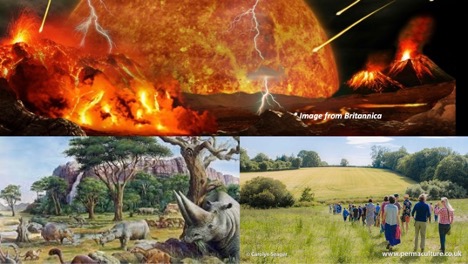
How this planet went from the Hadean Era, violent and void of life, to the Eden we’ve expertly degraded, was a process of billions of years. First life and every single branch and bud off the great phylogenetic tree that grew from it evolved with the environment that existed at the time, living and dying and laying new substrate for future environments to push evolution ever further. This will carry on, WITH OR WITHOUT US. What if we were a part of a great and flourishing era that started right now, instead of ending very soon?
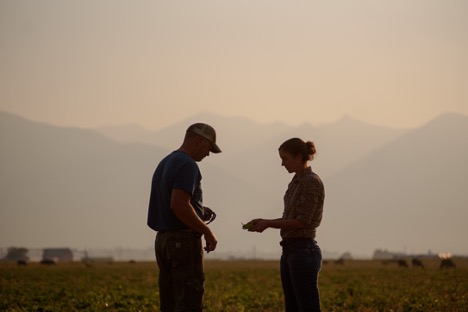
What we have agency to accomplish is staggering. What this community of farmers and ranchers has accomplished and persisted through is incredible, and you’ve been rewarded with healthy, successful businesses. You’ve already given so much. But we will all have to give more, and lead fearlessly and graciously, and lift up our neighbors for the future that we all want to see. I hope to meet you all, and I thank you for your time and how you’ve inspired me and the world so far.